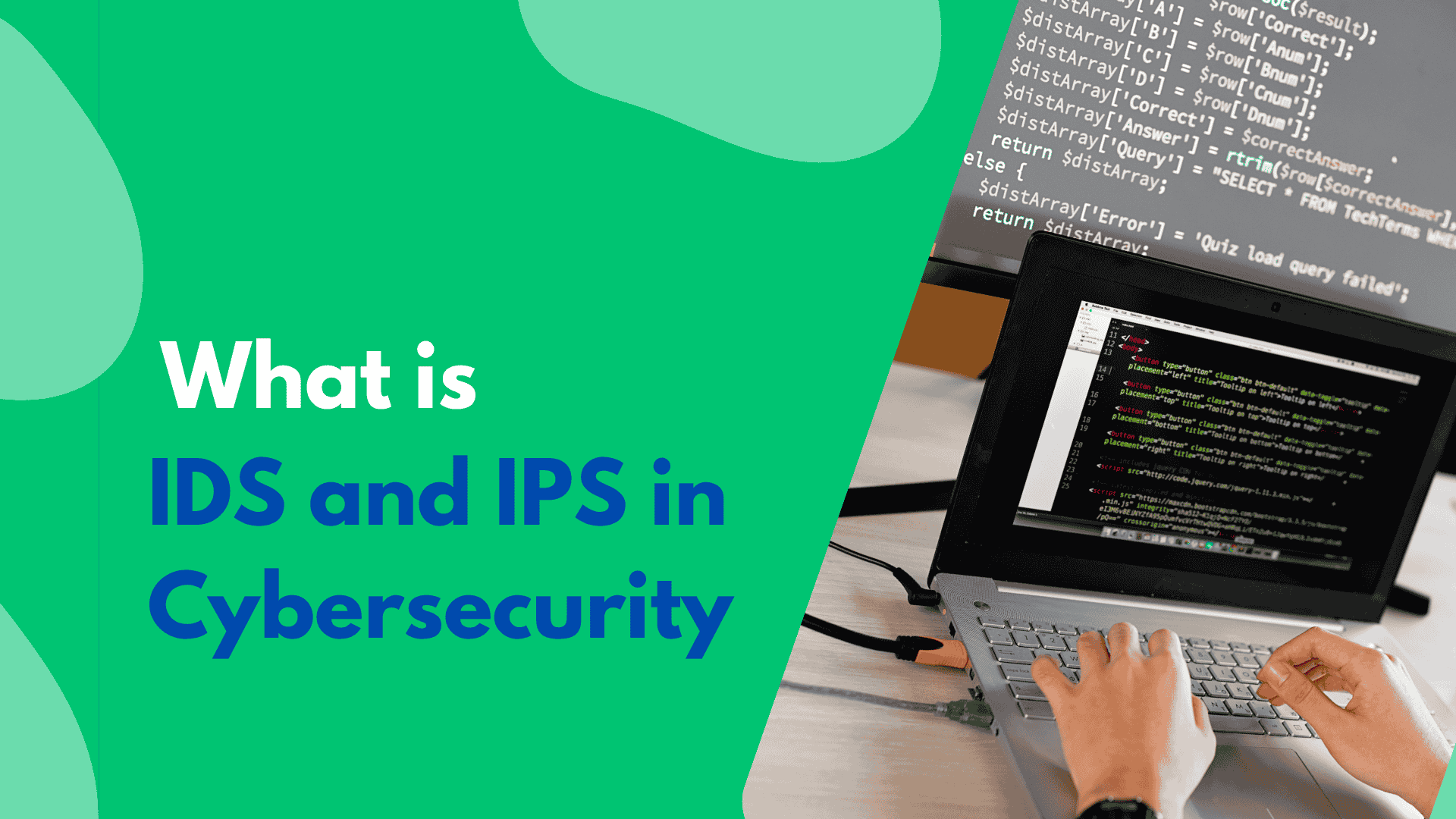IDS vs IPS: What’s the Difference and Why It Matters in Cybersecurity
IDS vs IPS: What's the Difference and Why It Matters in Cybersecurity
In the constantly changing world of cybersecurity, two technologies that are often talked about by IT experts are IDS (Intrusion Detection System) and IPS (Intrusion Prevention System). Both are important for defending networks from unwanted threats. It is imperative to understand IDS vs IPS for anyone coming into the industry through cyber security training or enhancing knowledge through cyber security courses. At UniNets, we aim to train professionals with the appropriate tools and knowledge to fight contemporary threats such as phishing, malware, and data breaches.

Let’s explore what IDS and IPS are, their differences, and why knowing about them is essential in today’s digital age.
What Are IDS and IPS?
Before diving into the comparison of IPS vs IDS, it’s essential to understand each term.
IDS (Intrusion Detection System) is a security solution that observes network traffic and informs administrators when it senses suspicious or malicious activity. It is like having a security camera watching your network but not arresting the intruder — it just informs you.
IPS (Intrusion Prevention System) takes it a step further. Not only does it identify potential threats such as IDS, but it also acts to block or prevent them from being successful. It's like having a smart security guard that not only observes and sees intruders at the gate but also prevents them from entering.
IDS vs IPS: Fundamental Differences
IDS and IPS might sound alike, but their functional roles are different:
IDS vs IPS is not a question of one being better than the other, but which one is better for your individual environment. IDS would typically be deployed within networks where real-time blocking is not needed or may hinder regular traffic. IPS, however, would be the best when automatic, proactive defense is needed.
Why IDS and IPS are Important in Cybersecurity
Cyber attacks are more sophisticated by the day. Malware to complex phishing campaigns, networks are under threat all the time. IDS and IPS offer an added layer of protection by detecting patterns that indicate malicious activities.
Let's take a phishing scam definition: it's when attackers try to deceive users into disclosing sensitive information pretending to be a genuine entity. This may be in the form of a spoofed email, fake website, or malicious attachments.
How does IDS or IPS assist in this scenario?
IDS can identify suspicious email activity or traffic patterns once a user clicks on a malicious link.
IPS may block the user's connection with a malicious website completely, thereby preventing the phishing attack.
So while inquiring what is phishing or what is a phishing attack, the response goes hand in hand with devices such as IDS and IPS that assist in preventing such attacks.
AES Full Form and Encryption in Cyber Defense
Another of the most important subjects in cybersecurity is encryption, which will make data un-readable even if it is intercepted, as long as it has not been provided with the right key. This is where AES enters the picture.
AES full form: Advanced Encryption Standard.
AES full form in cryptography: A symmetric key encrypting method employed globally to secure confidential information.
AES full form in medicine: In the medical field, AES may also be used as an abbreviation for Adverse Event Surveillance, but in the context of cyber security, we are interested in its cryptographic use.
Encryption, particularly AES, is a foundation of network security and functions alongside IDS and IPS. For example, IPS may block data leaks, while AES can guarantee that even if data is intercepted, it still cannot be read.
How IDS and IPS Operate in the Real World
Suppose you are an IT administrator for a financial institution. Your network is being attacked with malware-laden email attachments meant to steal customer information. This is how IDS and IPS would assist:
IDS intercepts email traffic and reports on emails from unfamiliar sources with executable files. You receive notification and can respond
IPS, on the other hand, immediately blocks such emails or shuts off the workstation attempting to connect to a known malicious site.
This proactive action can be the difference between a close call and a full-blown data breach.
Learning IDS and IPS at UniNets
On our part at UniNets, our cyber security training courses take students through a variety of real-life situations where IDS and IPS are employed. By way of practical labs, the students get hands-on experience with both systems and learn how they fit into overall network architecture.
We also explore:
Configuration of state-of-the-art firewalls with integrated IDS/IPS.
Traffic analysis to identify phishing attacks.
Real-time threat protection using IPS techniques.
Whether you're starting out with cyber security training or want to move into network defense, IDS and IPS are essential subjects that every professional should know.
Conclusion:
IDS vs IPS – A Necessary Security DuoTo put it simply, the IDS vs IPS debate is not about which one is better. In most secure networks, both of them function together to offer layered security:
IDS notifies you of potential threats.
IPS prevents those threats from happening.
With phishing, ransomware, and data breaches on the increase all over the world, it is essential to know what constitutes a phishing attack and how to fight it using effective tools. Integrating technologies such as IDS and IPS, encryption through AES, and regular cyber security training can create strong defenses.
